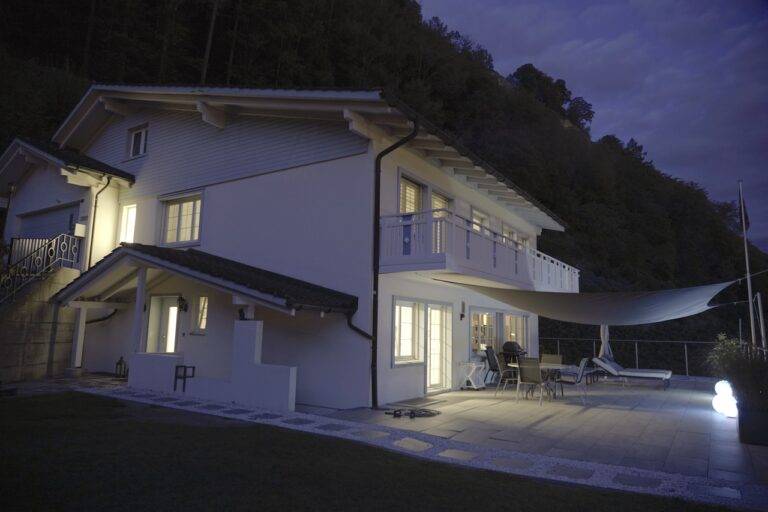Choosing the Right Smart Home Cameras
When looking to enhance the security of your home, investing in smart home cameras can be a valuable decision. However, with the myriad of options available in the market, it’s crucial to consider certain features to ensure you find the best fit for your needs. One significant feature to consider is the camera’s resolution. Opting for a camera with high definition resolution can provide clearer and detailed images, making it easier to identify any potential intruders or suspicious activities.
Another important feature to ponder is the camera’s field of view. Cameras with a wide field of view can cover more areas, reducing the number of cameras needed to surveil your property effectively. Additionally, consider whether the camera offers night vision capabilities, allowing you to monitor your home even in low light conditions. This feature can be invaluable for keeping your home secure round the clock.
Indoor vs. Outdoor Cameras
When considering between indoor and outdoor cameras for your smart home security system, it is essential to evaluate the specific needs and purpose of each camera. Indoor cameras are designed to monitor the interior of your home, providing surveillance in key areas such as living rooms, bedrooms, and hallways. These cameras are typically smaller in size and more discreetly placed to blend in with the decor of your home, ensuring minimal visibility.
On the other hand, outdoor cameras are specifically built to withstand various weather conditions and offer a wider field of view to monitor the exterior of your property. These cameras are equipped with features such as night vision and motion detection to capture any activity outside your home. Whether you are looking to monitor your front porch, backyard, or driveway, outdoor cameras are an integral part of a comprehensive home security system.
What are some important features to consider when choosing a smart home camera?
Some important features to consider are resolution, field of view, night vision capability, two-way audio, motion detection, and storage options.
What are the main differences between indoor and outdoor cameras?
Indoor cameras are typically smaller and designed for indoor use, while outdoor cameras are usually larger and built to withstand the elements. Outdoor cameras also often have features like weatherproofing and infrared night vision.
Can indoor cameras be used outdoors and vice versa?
It is not recommended to use indoor cameras outdoors as they are not built to withstand the elements. Outdoor cameras can be used indoors, but they may be larger and more noticeable.
Do indoor cameras work in low light conditions?
Indoor cameras generally work well in low light conditions, but they may not have as advanced night vision capabilities as outdoor cameras.
Are outdoor cameras more expensive than indoor cameras?
Outdoor cameras tend to be more expensive than indoor cameras due to their weatherproofing and durability features. However, there are affordable options available for both indoor and outdoor use.





